Odoo Employee Contract Management
A signed agreement between an employee and an employer is known as an employment contract. Employee contracts include information such as working hours, compensation rates, and obligations. You may update the workflow and assist HR personnel in creating contracts with business policies and applying unique terms using the OdooV14 Employee contract module.
Contract details, employee name, department, employment position, contract terms, employee compensation structure, contract duration, working schedule, and work permit details, among other things, can be configured in an employee contract. When someone takes on the job of managing contracts for employees, vendors, or other parties, this is known as contract management.
Employee contract management is the process of creating and managing a contract throughout its lifecycle, from creation to auditing and versioning. Odoo simplifies the process of creating an employment contract for an employer or the HR department of a company. By selecting the employee and the department, a contract can be formed. Odoo 14 allows users to manage employee contracts in the same way.
Employee contracts are simple to design in Odoo. To calculate each employee's payslip, an employment contract is required. You can assign the contract straight to the employee by selecting the "Employee," "Department," and other basic details from the window. Odoo will automatically fill up fields such as department, job title, and so on if you have already submitted personnel information.
We'll talk about "Employee Contract Management in Odoo 14" in this blog. The user can choose numerous employees and construct a contract for them by selecting their wage and contract type in this module.
Now let's look at how to use Odoo Employee Contract management.
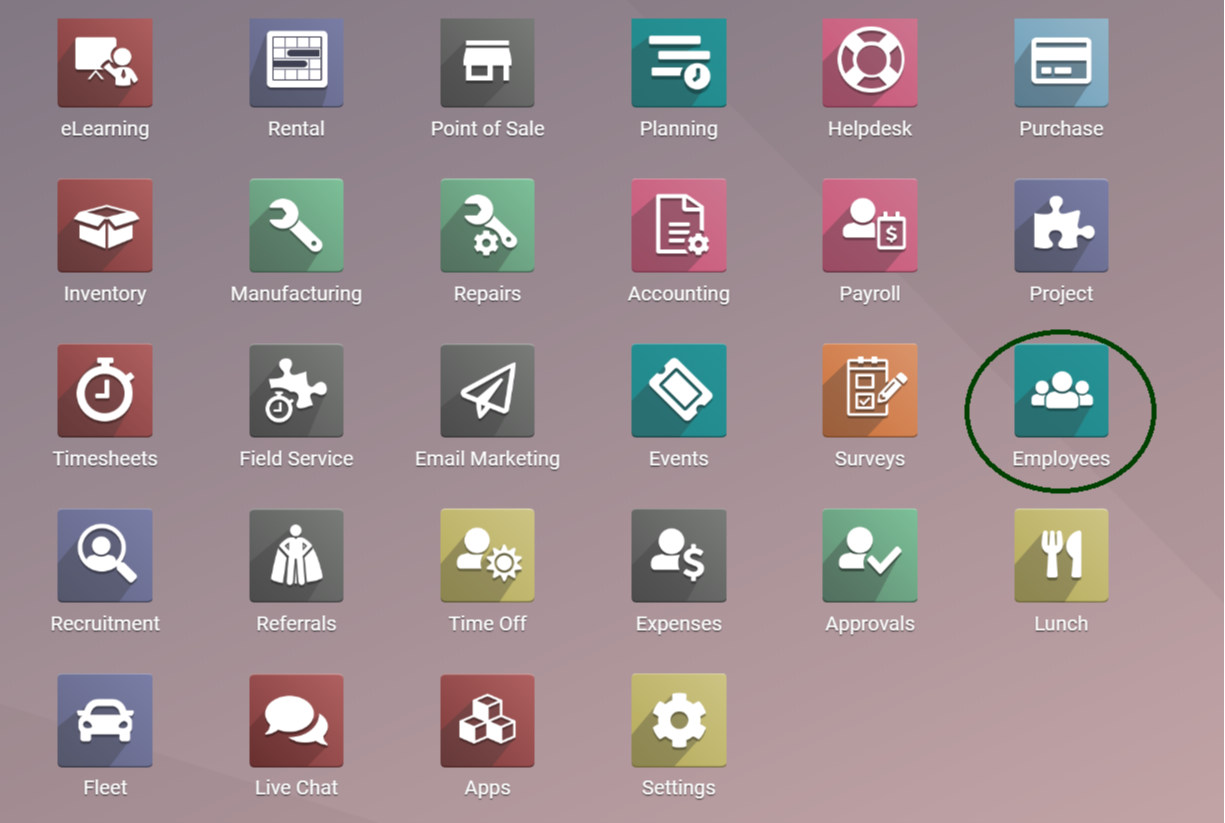
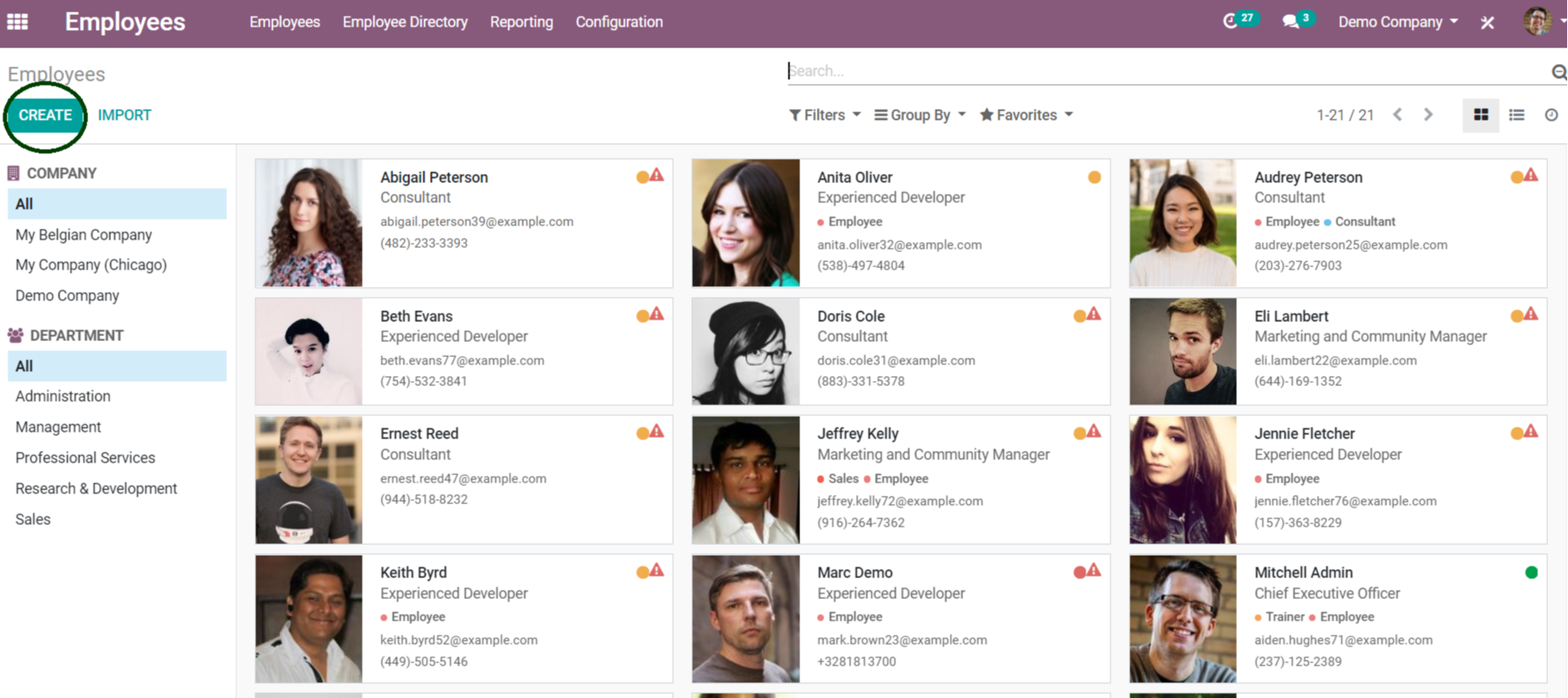
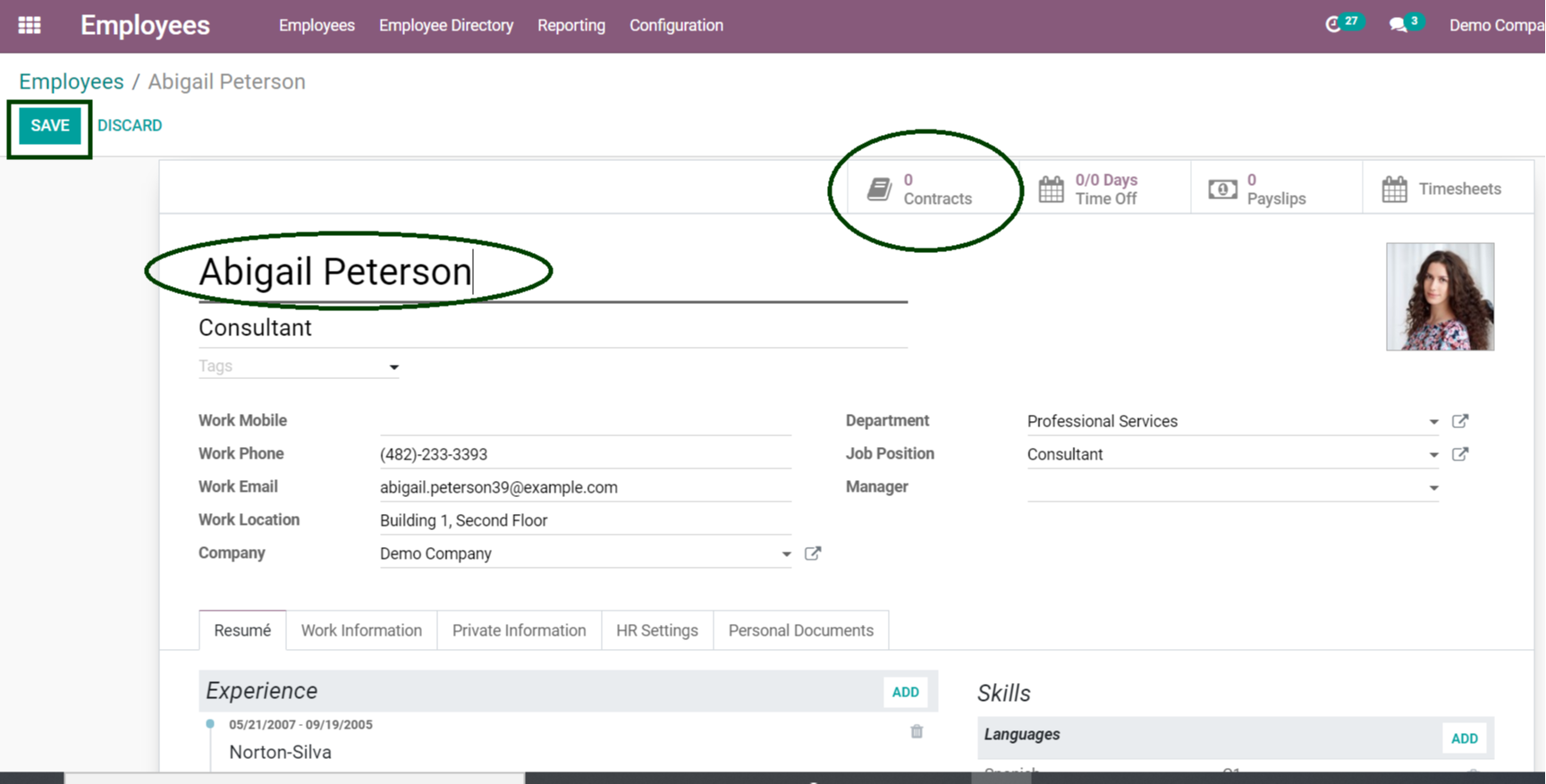
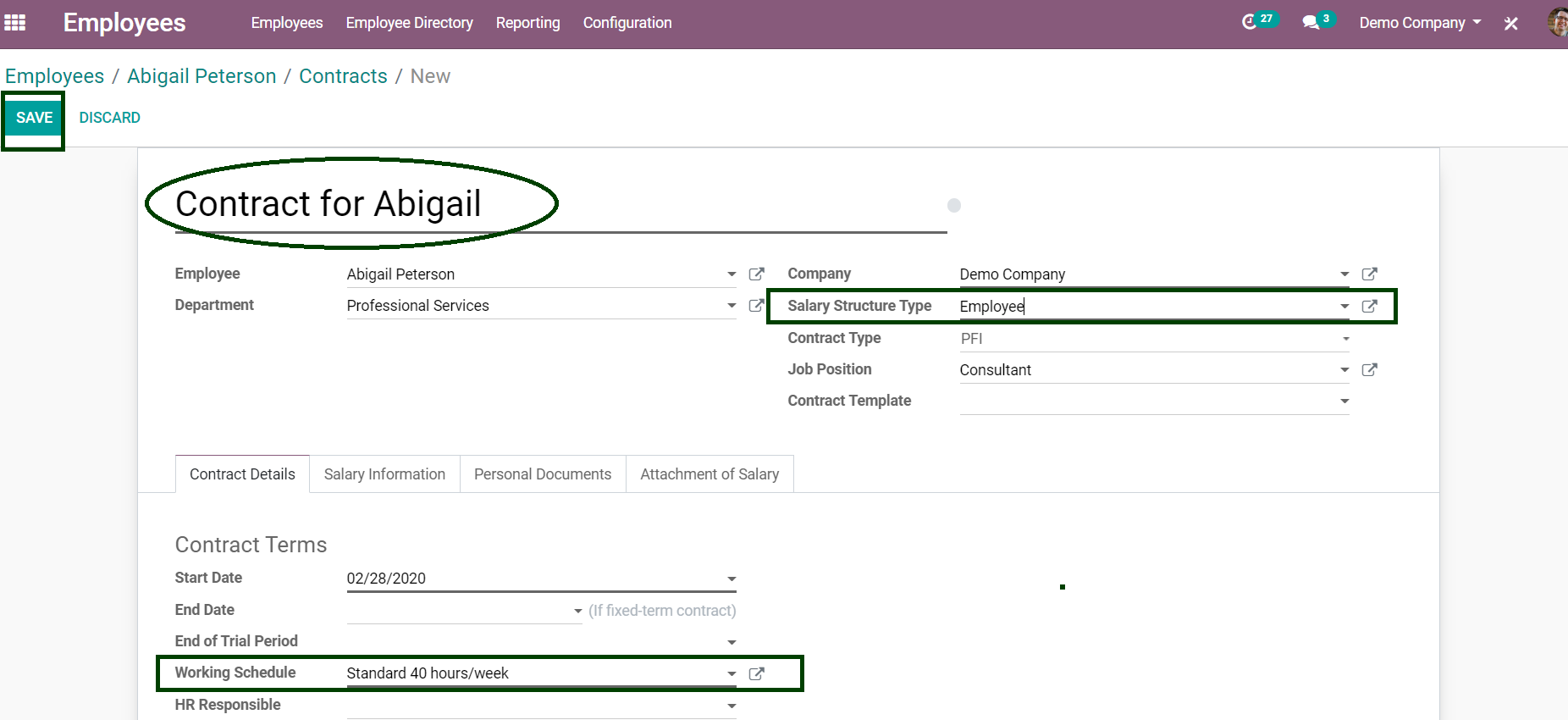
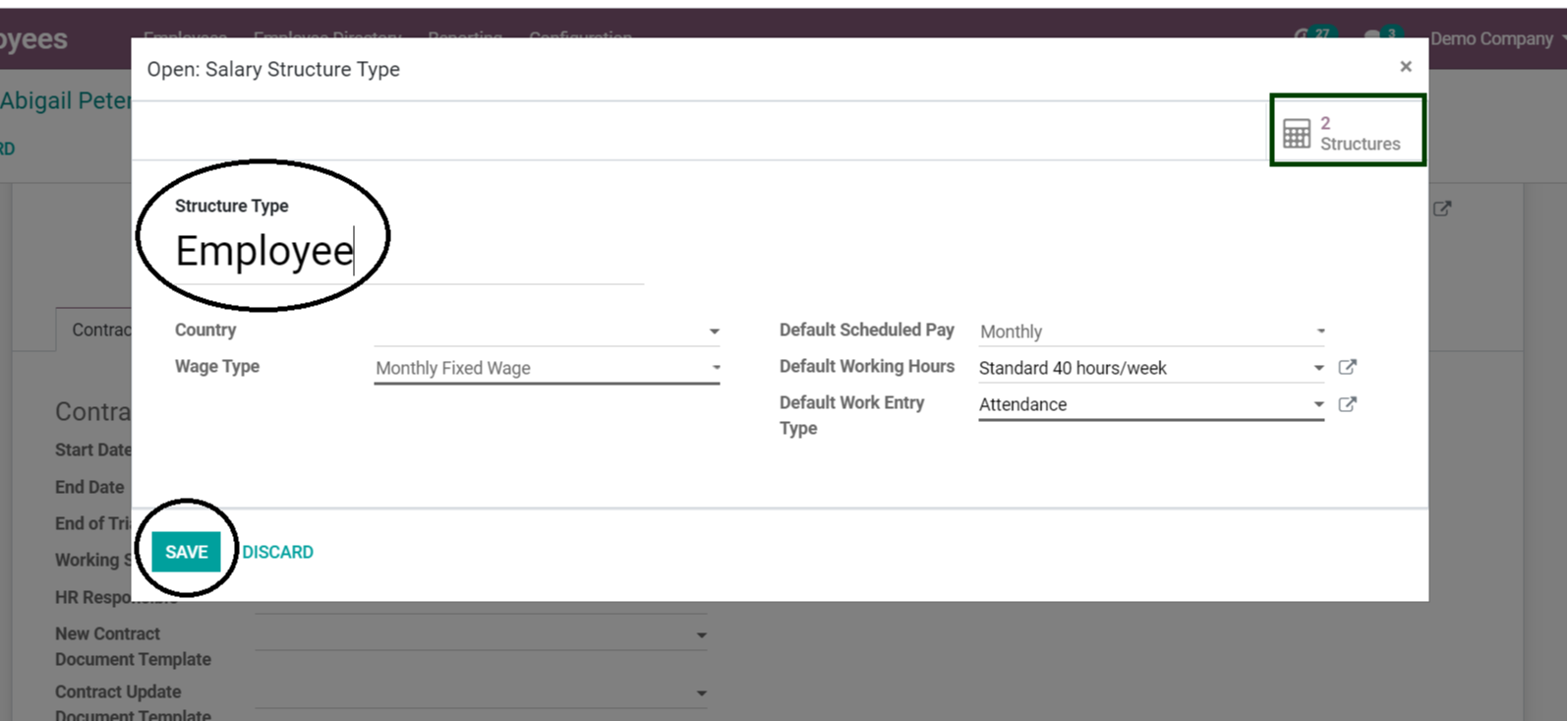
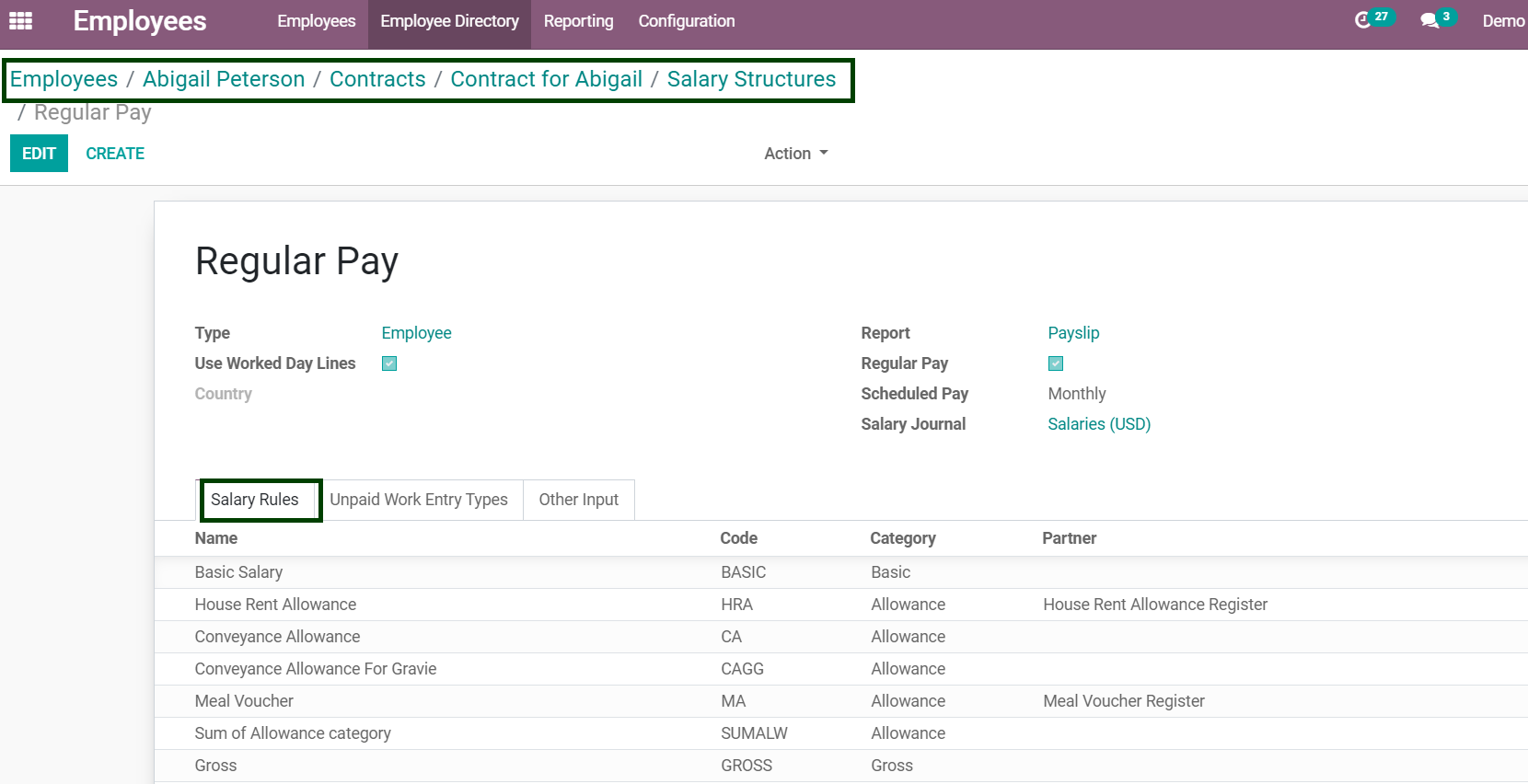
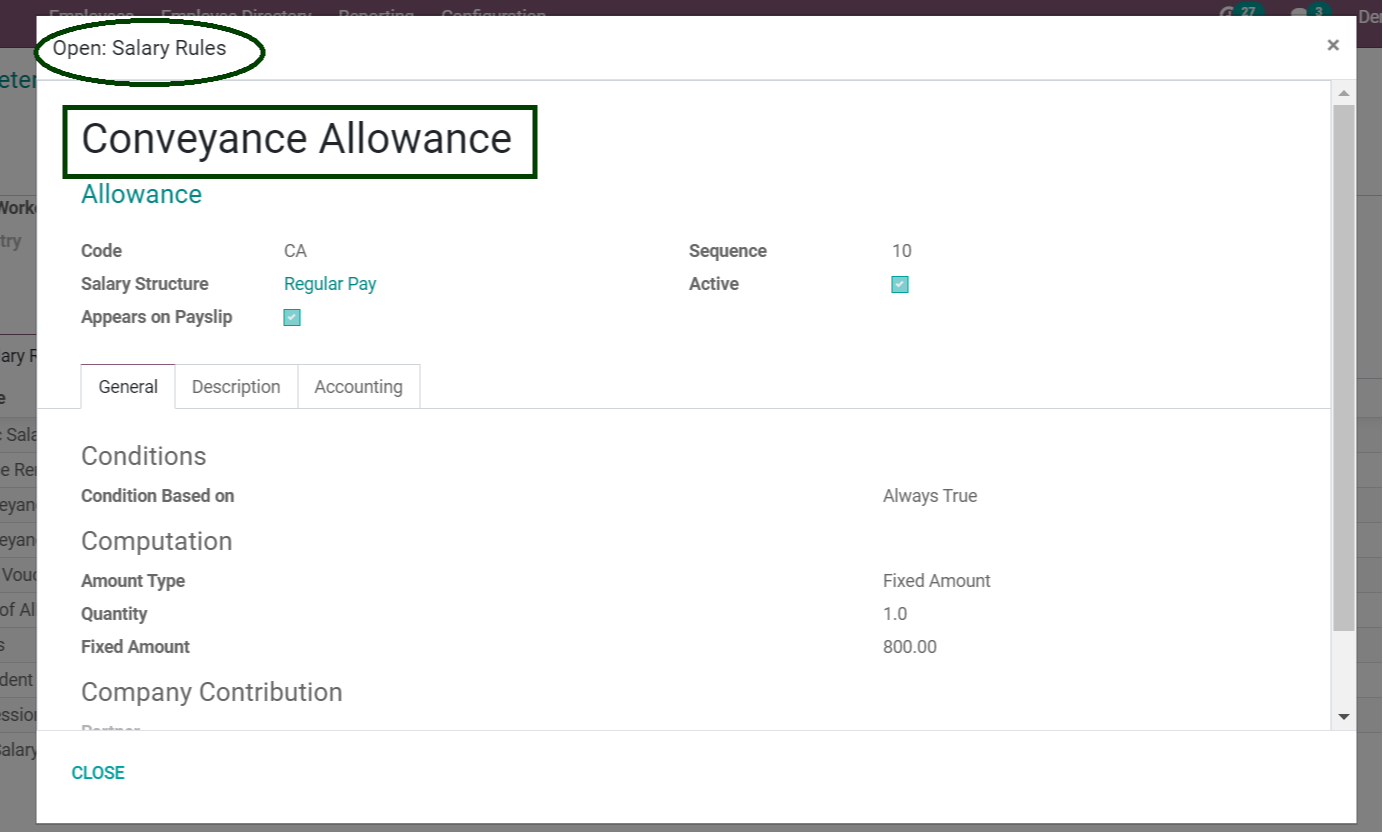
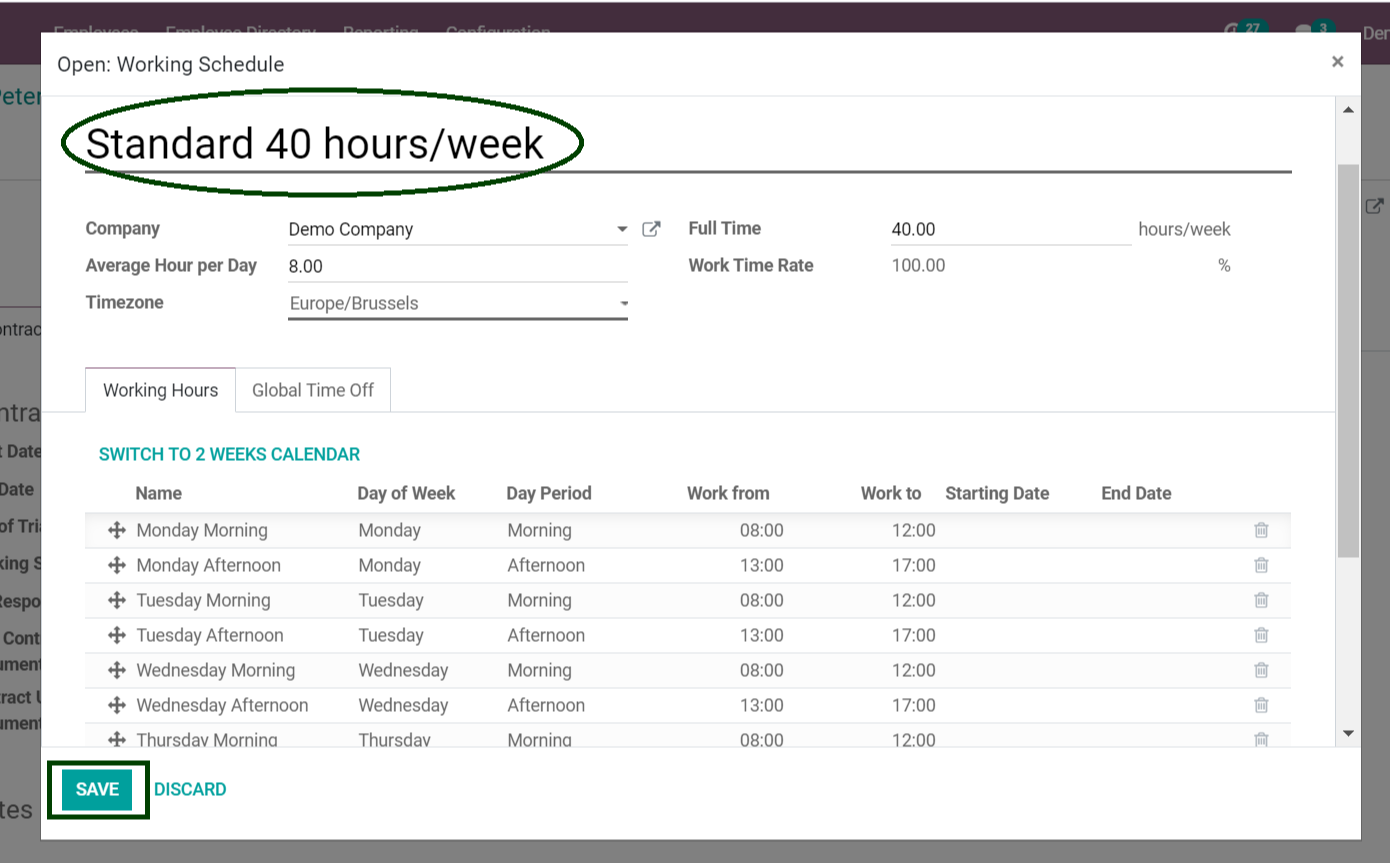
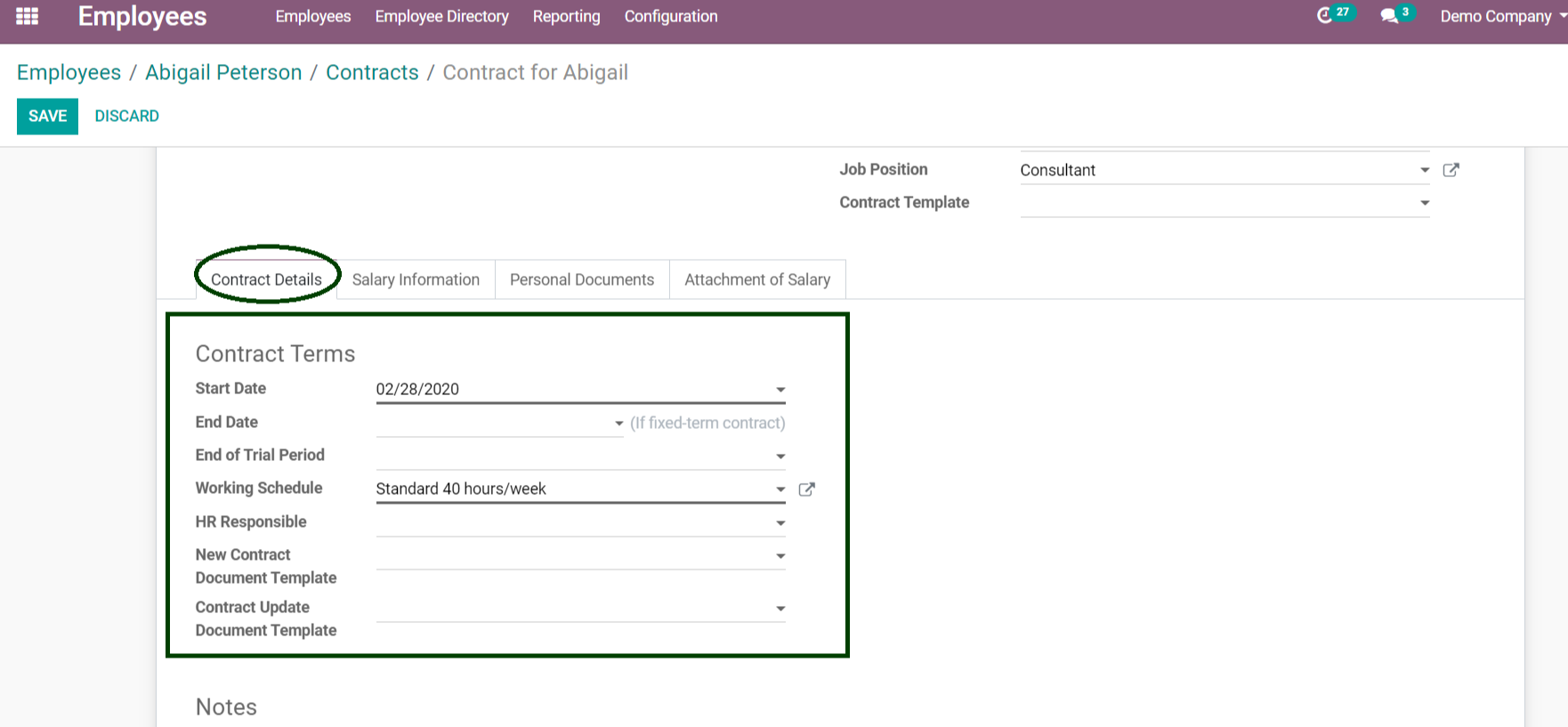
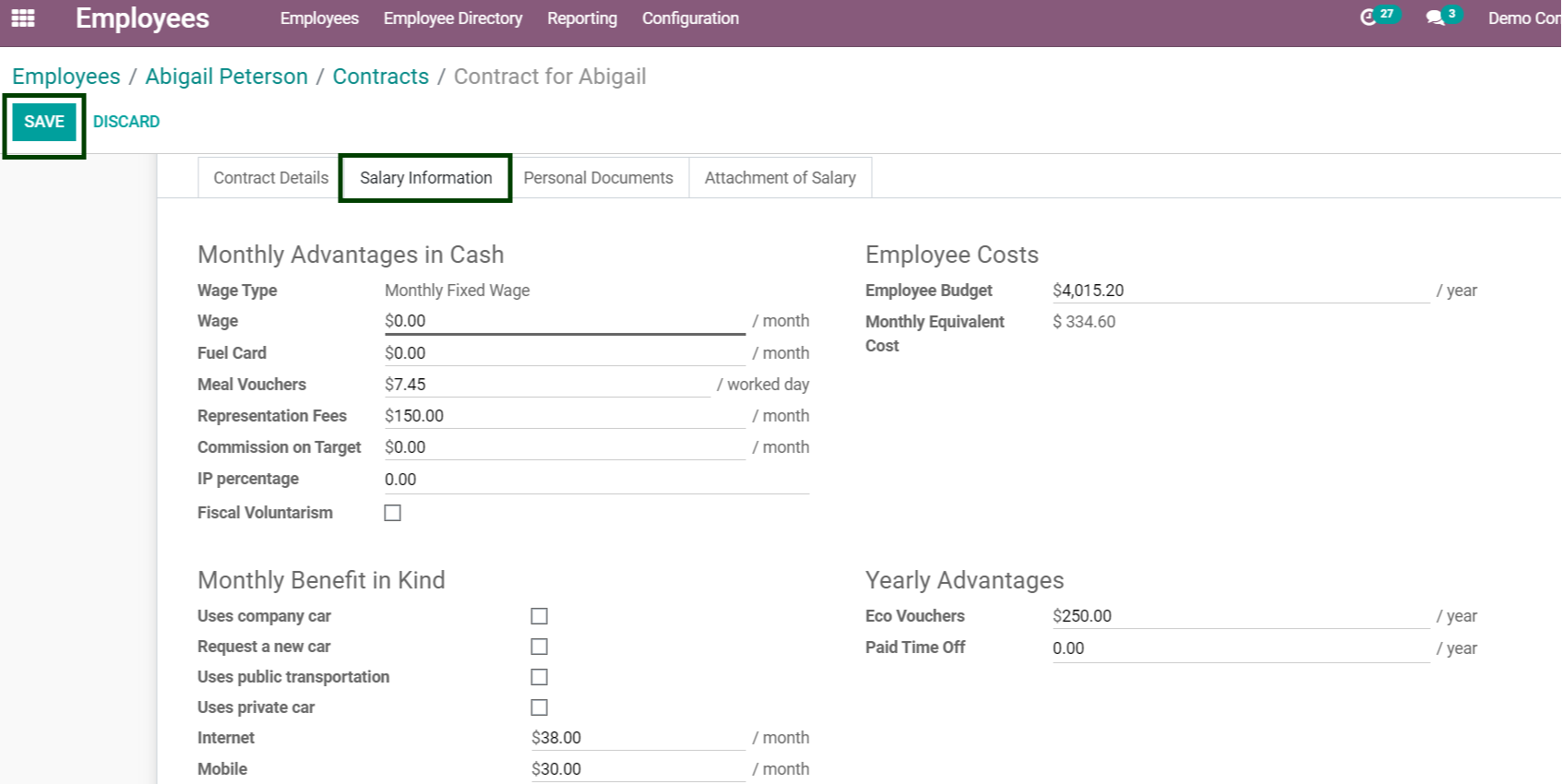
Conclusion: Odoo Employee Contract Management
This blog highlights the key features of Odoo's employee contract management and how they allow users to easily establish and manage employee contracts.
Employee contract management is included as part of Odoo's Employee module. Contract management with Odoo is simple, and it benefits you in a variety of ways, such as guaranteeing regular monitoring of agreements and their expiration dates. With only a few clicks, the employee module automates and documents contracts.
ERP Cloud is an ERP software firm that specializes in Odoo development, modification, and services for any industry. You will undoubtedly raise your organization by simply contacting our team for business consultations and other services.
For any questions or information, please email sales@erpxcloud.com
Odoo Employee Contract Management